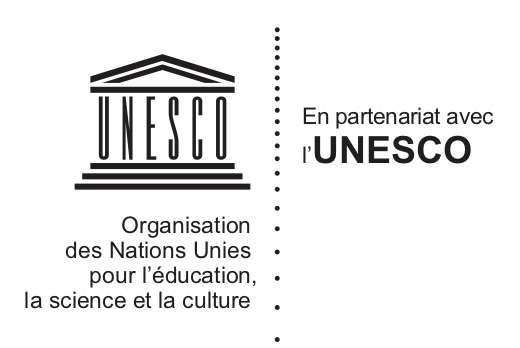Enforcement of foreign law/applicabilité du droit public étranger
89 Moche Archaeological Objects – Peru v. Johnson
After the discovery of the Moche site of Sipán (Peru) in the mid-eighties, many archaeological objects were looted and smuggled out of the country. In 1987, a smuggler who had been involved in the exportation of these objects to the United States contacted United States Customs agents and led to the eventual seizure of 89 Moche artifacts from Benjamin Johnson, a private collector. The government of Peru sued to retrieve the artifacts from Johnson. Peru’s claim was unsuccessful and the 89 archaeological objects remained in Johnson’s possession.
Egyptian Archaeological Objects – United States v. Frederick Schultz
On 16 July 2001, Frederick Schultz, a New York antiquities dealer, was indicted on one count of conspiring to receive stolen Egyptian antiquities in violation of the National Stolen Property Act (NSPA). Under the NSPA, it is a crime to deal in property that has been “stolen, unlawfully converted or taken, knowing the same to be stolen”.
Hopi Masks – Hopi Tribe v. Néret-Minet and Estimations & Ventes aux Enchères
Between 2013 and 2014, dozens of Hopi’s sacred objects were sold at auctions in Paris despite strong protests and legal actions launched by the Hopi tribe. These actions were unsuccessful because French judicial authorities denied legal standing to the Hopis and considered that the sales did not violate French law.
Jiroft Collection – Iran v. Barakat Galleries
The Government of the Islamic Republic of Iran sued the London-based Barakat Galleries seeking the restitution of a collection of eighteen carved jars, bowls and cups which had been illicitly excavated in the Jiroft region, in Southeast Iran, and subsequently exported abroad. The Court of Appeal, overruling the trial court decision, held that the relevant laws of Iran were sufficiently clear to vest ownership title and an immediate right of possession of the relics in the Iranian State.
Maori Panels – New Zealand and Ortiz Heirs
In 1972, five rare Maori wooden panels were discovered in a swamp in New Zealand’s North Island. Shortly after the discovery, the panels were illegally exported out of the country by an antiquities dealer and then bought by Swiss collector George Ortiz. In 2014 New Zealand obtained the return of the Maori panels by virtue of an agreement with the heirs of Ortiz.
Murals of Teotihuacán – Fine Arts Museums of San Francisco and National Institute of Anthropology and History
In 1978, the Fine Arts Museums of San Francisco became the owner of a number of murals from the world-famous Aztec site of Teotihuacán (Mexico). The Mexican Government failed in its attempts to obtain the return of these wall paintings through a court action in the United States.
Parrot Lady Sculpture – Canada and India
“Parrot Lady” is a 800 year old sandstone sculpture from a Khajuraho temple in India. It was returned by Canada to India in 2015 in accordance with the 1970 UNESCO Convention.
Pièces d’or géantes – Inde c. Crédit Agricole Indosuez SA
Deux pièces d’or géantes anciennes d’une valeur exceptionnelle, tant d’un point de vue économique que culturel, sont mises en gage auprès d’une Banque à Genève par le petit-fils de l’ancien Nizam de la Principauté d’Hyderabad. L’Inde introduit une action auprès des tribunaux genevois dans le but d’en obtenir la restitution.
Pre-Columbian Archaeological Objects – United States v. McClain
This case affirmed the conviction of several dealers who conspired to sell archaeological objects removed from Mexico in violation of the National Stolen Property Act (NSPA). Under the NSPA, it is a crime to deal in property that has been “stolen, unlawfully converted or taken, knowing the same to be stolen”.
Stèles historiques – Galerie d’art c. Italie
En 1980, des stèles historiques sont remises par la Suisse à l’Italie dans le cadre d’une procédure pénale ouverte en Italie. Une Galerie d’art suisse introduit une action en Suisse pour récupérer les stèles historiques. L’Italie se prévaut de son immunité de juridiction.
Victorious Youth – Italy v. J. Paul Getty Museum
The “Victorious Youth” – a life-size bronze statue created sometime between the 4th and 2nd century BC – is at the centre of an ongoing dispute between Italy and the J. Paul Getty Museum. This statue was discovered in 1964, caught up in the nets of a fishing boat working out of the port of Fano on the Adriatic coast of Italy.
Document Actions










